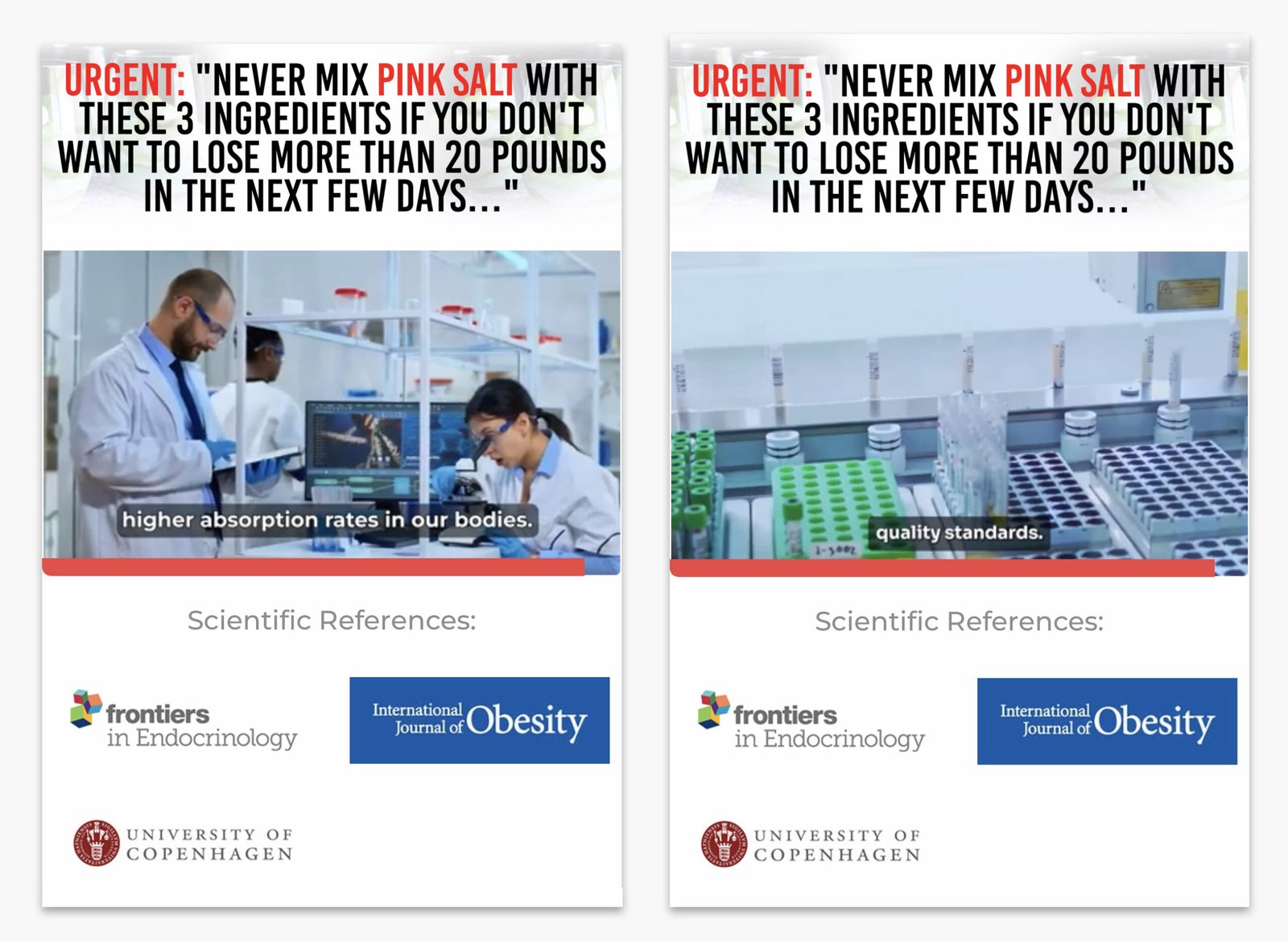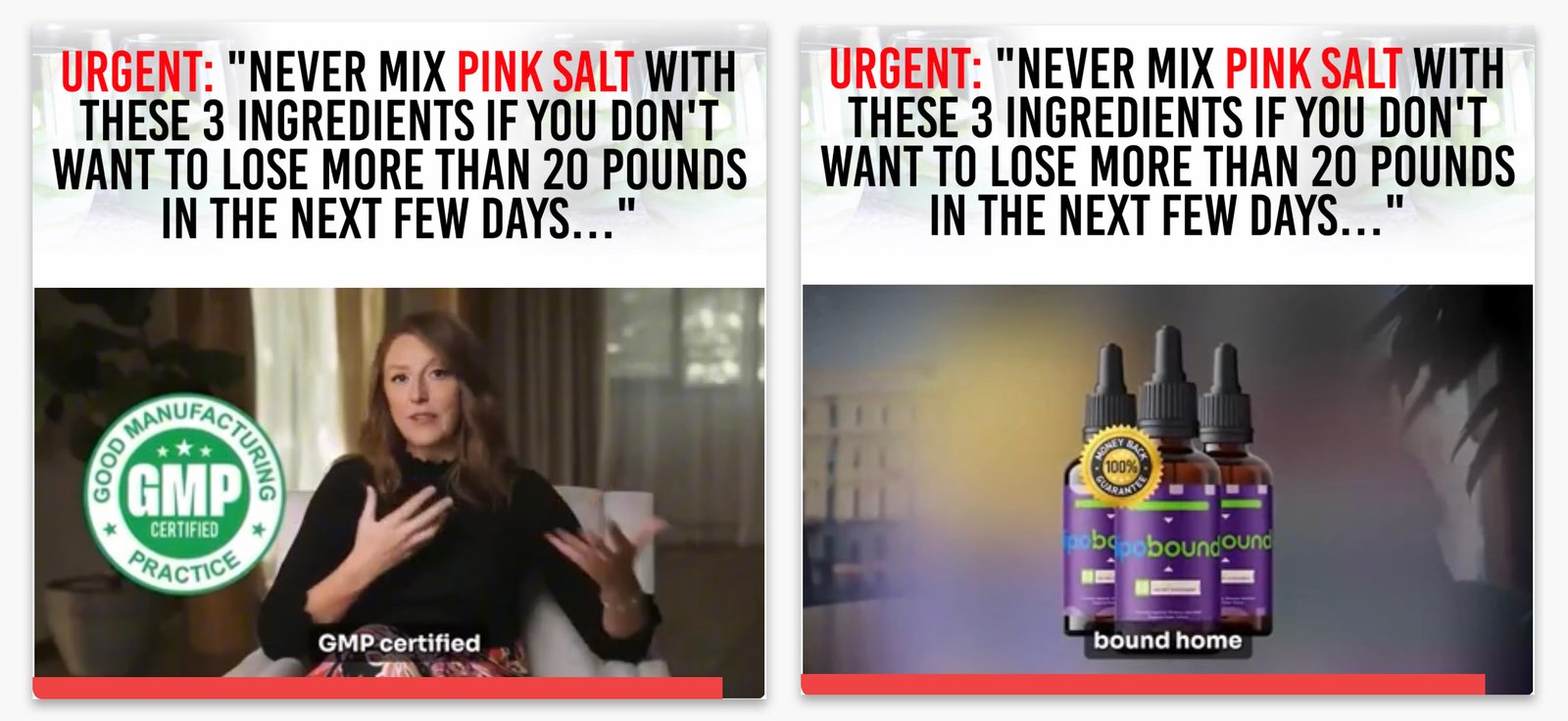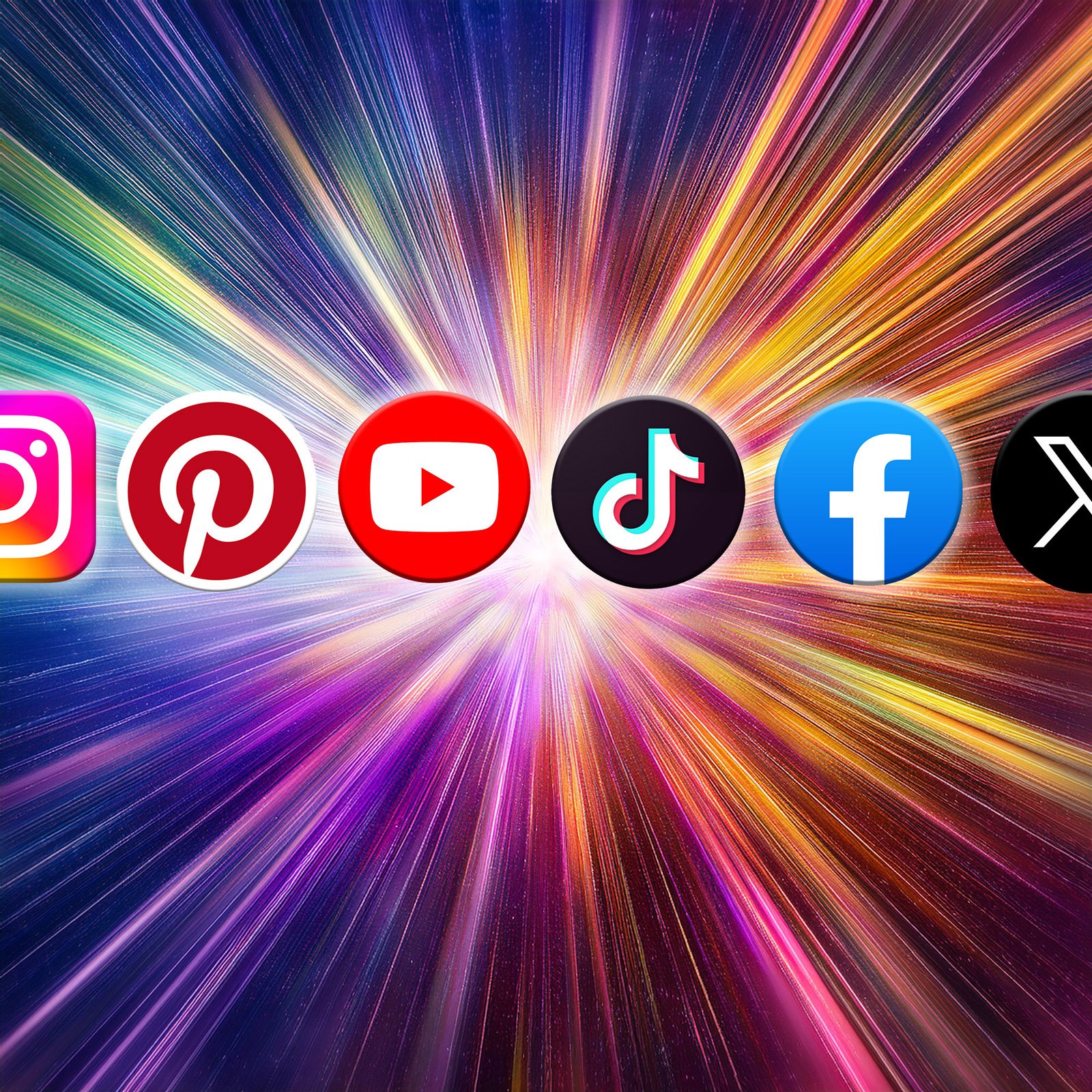The Dark Side of Online Income: How Scammers Are Using AI and Social Media to Make Millions
You’ve probably seen them: lengthy videos popping up on YouTube or social media feeds, promising a “secret recipe” to lose weight, a “trick the banks don’t want you to know”, or a “crypto investment endorsed by Elon Musk.”
Most of us roll our eyes and scroll on, but these scams aren’t going away. They’re multiplying. And thanks to AI and cheap social media ads, the people behind them are making serious money.
This post isn’t just about the scams themselves. It’s about how they’re structured, why they work, and how scammers are turning online marketing tactics — the same ones used ethically by legitimate creators and affiliate marketers — into a money-printing machine.
🎧
Prefer to listen? This topic is also explored in an episode of the John Dawson Blogcast:

AI deepfake: She looks credible. The product looks convincing. That’s how the scam works.
(Disclaimer: This is an AI-generated image depicting a fictional character for illustrative purposes. It does not represent a real person.)
“A lie can travel halfway around the world while the truth is still putting on its shoes.”
Mark Twain (attributed)
The Rise of AI-Powered Scam Funnels
A few years ago, scammers relied on bad Photoshop and awkward stock footage. Now? They look professional, polished, and trustworthy.
AI has given them powerful new tools:
- Deepfakes to impersonate celebrities and doctors.
- Voice cloning to make those people “speak” convincingly.
- AI-generated avatars and testimonials to create fake success stories.
- Cheap automated ad targeting to push their videos to millions of people based on emotional triggers (age, interests, health struggles).

Fake science, real deception. These scam videos hijack the credibility of actual institutions: complete with fabricated logos, fake labs, and AI voiceovers. It looks legit: that’s the point.
The result? Scams that look almost indistinguishable from legitimate ads.
Take the current “pink salt weight-loss trick” making the rounds:
- A lifelike deepfake of Oprah Winfrey appears, claiming she lost weight with a pink salt recipe.
- Two supposed scientists explain, in perfect English, why it works, complete with animations of fat cells shrinking.
- The narrator says “if this video has found you, congratulations” and “I don’t know how long this will stay online before Big Pharma takes it down.”
It’s all fake, of course, but incredibly convincing to many people.
How Scammers Make Money (The Funnel)
Here’s the real genius (or evil genius) behind these scams: they follow the same funnel structure as legitimate affiliate marketing, just without the honesty.
1. The Hook (Viral Video Ad)
- Long-form video teases a “secret” (weight-loss hack, crypto method, miracle cure).
- Keeps viewers watching by hammering their pain points (“you’ve tried everything and failed: it’s not your fault”).
2. The Emotional Build-Up
- Fake authority: Deepfaked doctors, celebrity cameos, or stolen before/after photos.
- Conspiracy angle: “They don’t want you to know this.”
- Urgency: “Watch before it’s deleted.”

3. The Pitch (Affiliate Offer)
- After 15–20 minutes, the “free secret recipe” turns into a paid product.
- Usually a supplement, dropshipping gadget, or crypto platform.
- Sold via networks like Digistore24 or ClickBank, paying affiliates big commissions.
4. The Back-End (Subscriptions & Upsells)
- Once you buy, you’re often signed up for recurring billing or bombarded with cross-sells (“detox pills,” “gut health boosters,” etc.).
- Each sale makes the scammer a cut.
In other words, these scammers aren’t just random con artists: they’re savvy online marketers running highly optimized affiliate funnels.
The difference? A legit affiliate marketer sells a product that works. These guys sell lies.
Why People Fall for It (And What Marketers Can Learn)
The psychology behind these scams is the same psychology used in many legit online income systems:
- Effortless Results: “Lose 27 pounds in 15 days” is just the weight-loss version of “Make $10K/month with no experience.” People want shortcuts.
- Authority Bias: Seeing a trusted face (Oprah, Elon Musk) disarms skepticism.
- FOMO & Urgency: “Only available today, before it’s taken down.”
- Relatability: Scammers know how to talk to you directly: “If you’re watching this, it’s because you’re meant to see it.”

False authority meets bait-and-switch: This AI-generated video falsely depicts Dr. Casey Means, who has publicly denied any involvement in the pink salt weight loss scheme. The ad teases a “free pink salt recipe” before funneling viewers into buying a supplement like BurnJaro.
For honest online creators, these tactics aren’t inherently bad: storytelling, authority, urgency, and emotional connection are legitimate marketing tools. But when scammers use them with fake science and fake endorsements, the results are damaging, not just to victims, but to the entire digital marketing space.
What This Means for the Online Income Space
If you’re learning how to make money online, it’s important to understand this: the line between ethical persuasion and manipulation is thin.
Scammers like the ones behind the pink salt ad prove how powerful these techniques are. But they also prove something else: trust is the most valuable currency online.
Once viewers realize they’ve been tricked, they don’t just blame the scammers: they start distrusting all online ads, even from ethical creators.
So, as online entrepreneurs, we need to:
- Use these marketing principles transparently.
- Educate audiences to spot the fakes.
- Build credibility the hard way, with real value, not fabricated authority.
Final Thought
The pink salt video scam might be weight-loss snake oil, but the business model behind it is sophisticated, profitable, and built on the same mechanics as legitimate online income streams.
The difference is integrity.
This post is based on a detailed breakdown I published here → Full in-depth analysis
Next in This Series
In the next post, we’ll take a closer look at the exact AI tools scammers use to create these deepfakes and fake testimonials, and how ethical marketers are (or should be) using the same tools instead.
Online Scam Adverts FAQ
Sources:
- Jordan Liles, BurnJaro Review: Pink Salt Trick Recipe and Deepfake Ads, jordanliles.com, March 2025
- MyAntiSpyware Security Blog, Pink Salt Trick Scam Explained, 2025
- Eating Well, Fact Check: Oprah, Elon Musk Did Not Endorse Pink Salt Weight Loss Hack, March 2025
- Better Business Bureau (BBB), Fake Celebrity Endorsements and Subscription Traps in Online Supplement Ads, 2024–2025
- FTC Consumer Alerts, Avoid Weight Loss Scams: False Claims, Fake Photos, and Subscription Traps, 2024
- ACCC (Australia), AI-Driven Deepfake Scams and False Endorsements, nationalconsumer.gov.au, 2025
- ACCC / National Anti-Scam Centre, Targeting Scams: National Scam Activity Report (March 2025)
- Various platform ad policy documents (YouTube Ads Guidelines, Meta Business Help Center, etc.)
Great to have you here! Feel free to leave your thoughts in the comments.
Hi, I’m John Dawson, the creator of DawsonDecoded. Whether you’re here to start a blog, explore new ways to earn online, or rethink your career path, I hope you’ll find something useful, and maybe even inspiring.
Want honest insights on blogging, online income, and simple tools to build something of your own?
Subscribe and get new posts delivered straight to your inbox. No spam, just the good stuff.
You Might Like:
How to Start a Blog and Make Money in 2025 (Beginner-Friendly Step-by-Step Guide)
Blogging is far from dead in 2025. With full control over your content, lasting SEO reach, and multiple ways to earn, it remains a solid path if you’re patient.
Betting on Yourself: Why Creating Content Will Always Be More Profitable Than Playing the Lottery
Why blog instead of buying lottery tickets? Because the odds and the long-term payoff make content creation a far smarter bet for financial success.
Pinterest: Why It Could Be the Best Platform to Grow Your Blog in 2025
Pinterest is still one of the best ways to grow blog traffic in 2025. Here’s how to use it to get steady visitors for months, even years after posting.
Are Influencer Courses Still Worth It in 2025, or Just Built on Yesterday’s Internet?
Online courses promise to teach you how to make money as a creator. But in 2025, are they worth it or just selling outdated methods?
Can You Really Make Passive Income with Stock Photography in 2025?
Can you really earn passive income selling stock photos? I tested it myself. Here’s what the reality looks like and what it takes to make it work.
What are the best social media platforms to drive traffic to your blog?
Which social platform is best for growing a blog? Here’s a breakdown of the main networks: their audiences, strengths, and weaknesses.
The Truth About Passive Income: What You Need to Know to Succeed
Passive income sounds great, but how real is the hype in 2025? Here’s what the stats say, and how blogging can still be part of the game.









Leave a Reply